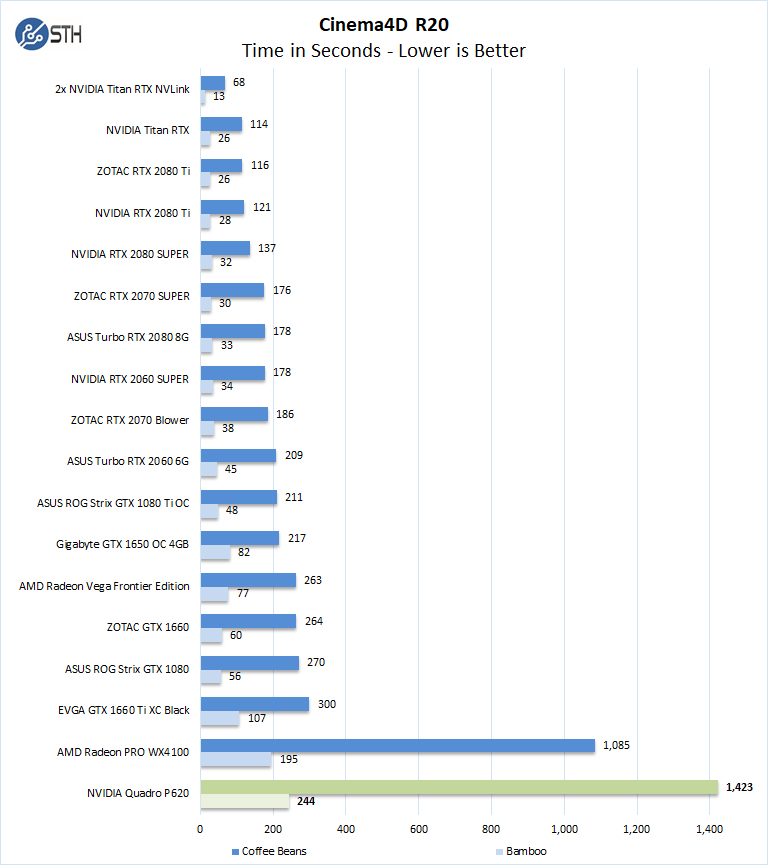

THIS appears to be a good cooler for $30: Ĩ) SSD for Windows and programs (The $100 Samsung 840, 120GB might be the best value.

Optionally a water-cooler like the Corsair H80i but it's about $90. Any 1155/1156 one should be compatible with 1150 socket. Again, I'm no expert but I'd probably recommend something like this:Ĥ) Start8 from Stardock ($5) if you want to bypass the new Start Menu and Charms (Windows 8 has several improvements but many can't stand being forced to use the new interface.)ĥ) after-market CPU cooler (stock one is noisy). I don't think autocad is too RAM needy so 8GB might be plenty but don't quote me. It's a GTX650Ti for $140 with an excellent cooling system to keep it quieter than similar cards. My advice (unless you need a gaming card) is THIS card from Asus. Though I am wondering why you are comparing a $140 quadro to a $330 geforce, it's not really a fair comparison.Īccording to the second link above, there's very little advantage when going above a GTX650 which is roughly $100. Geforce are only gimped in opengl and fp64.īut I must point out what they mention as well, if this is your job, then go with a workstation card, there are other things to worry about than utmost performance. Even the intel hd 4000 beats a low end quadro. Since it is directx you will see gaming cards have better performance.

Cad uses directx so is actually completely fine with a consumer cards. The autodesk list is just the cards they tested and mostly everyone ignores it (because of the same issues of any company of not adding cards). The adobe thing is completely different because they are adding opencl gpu acceleration which works on any gpu with opencl but this is off topic so won't say anymore. The only program that you have to add gpus to the list is premiere (it has some geforce and missing quadros so is not a workstation vs consumer thing), no other program uses a list. Display ConnectorsĪPIs supported, including particular versions of those APIs.Adobe and autodesk are not the same company. OEM manufacturers may change the number and type of output ports, while for notebook cards availability of certain video outputs ports depends on the laptop model rather than on the card itself. As a rule, data in this section is precise only for desktop reference ones (so-called Founders Edition for NVIDIA chips). Types and number of video connectors present on the reviewed GPUs. Note that GPUs integrated into processors have no dedicated VRAM and use a shared part of system RAM. Parameters of memory installed: its type, size, bus, clock and resulting bandwidth. For desktop video cards it's interface and bus (motherboard compatibility), additional power connectors (power supply compatibility). Useful when choosing a future computer configuration or upgrading an existing one. Information on compatibility with other computer components. Pipelines / CUDA coresĬompatibility, dimensions and requirements Note that power consumption of some graphics cards can well exceed their nominal TDP, especially when overclocked. These parameters indirectly speak of performance, but for precise assessment you have to consider their benchmark and gaming test results. General performance parameters such as number of shaders, GPU core base clock and boost clock speeds, manufacturing process, texturing and calculation speed.


 0 kommentar(er)
0 kommentar(er)
